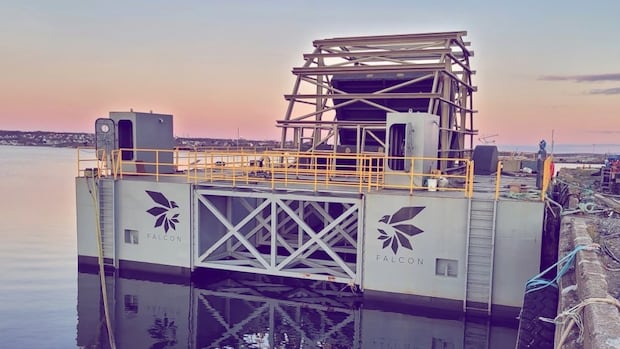Pictou Landing First Nation seeks judicial review of Boat Harbour cleanup plan

Pictou Landing First Nation is taking a stand against Ottawa’s approval of a plan to store contaminated sludge from Boat Harbour in a nearby enclosed structure. The Mi’kmaw community in northern Nova Scotia has requested a judicial review of the decision made by federal Environment Minister Steven Guilbeault. Last month, Guilbeault stated that the proposed remediation of Boat Harbour, which had been receiving wastewater from a kraft paper mill for many years, would not have significant adverse environmental effects.
In their submission to the Federal Court, Pictou Landing First Nation argued that Guilbeault’s decision was “patently unreasonable.” They cited reasons such as insufficient consultation, interference with treaty rights, and violations of the United Nations Declaration on the Rights of Indigenous Peoples. Although supporting documents have not been filed with the court yet, the community is determined to fight for their rights.
The respondents in this case are the federal environment minister and Build Nova Scotia, the provincial Crown corporation responsible for the Boat Harbour cleanup project. Both parties have yet to file a response. Nova Scotia Public Works Minister Fred Tilley, who oversees Build Nova Scotia, refrained from commenting on the case while it is before the courts.
Guilbeault’s approval came with conditions, including the establishment of an advisory committee to explore alternative locations for storing the sludge. However, he did not mandate that an alternative site must be found. This decision has raised concerns for Pictou Landing Chief Tamara Young, who fears that if the containment cell is used, the community will never be able to get rid of the sludge completely.
The history of Boat Harbour has left a deep scar on the community. Pictou Landing First Nation agreed to sell the estuary to the province in the 1960s for the purpose of treating effluent from the mill at Abercrombie Point, known as the Northern Pulp mill. Community members have expressed feeling deceived by false assurances regarding the harmlessness of the effluent, which led to significant environmental damage.
Young emphasized the importance of finding a solution that allows the community to heal. One proposed alternative was to transport the sludge to a facility outside the province, but the cost was deemed prohibitive due to the large volume of sludge that would need to be transported. The community is advocating for storing the sludge on the site of the now-closed pulp mill, eliminating the need for long-distance transportation.
The committee ordered by Guilbeault holds the key to exploring this option further, and Young is eager for the process to begin. The community’s fight for justice and environmental preservation continues, as they strive to rectify the mistakes of the past and ensure a sustainable future for generations to come.




